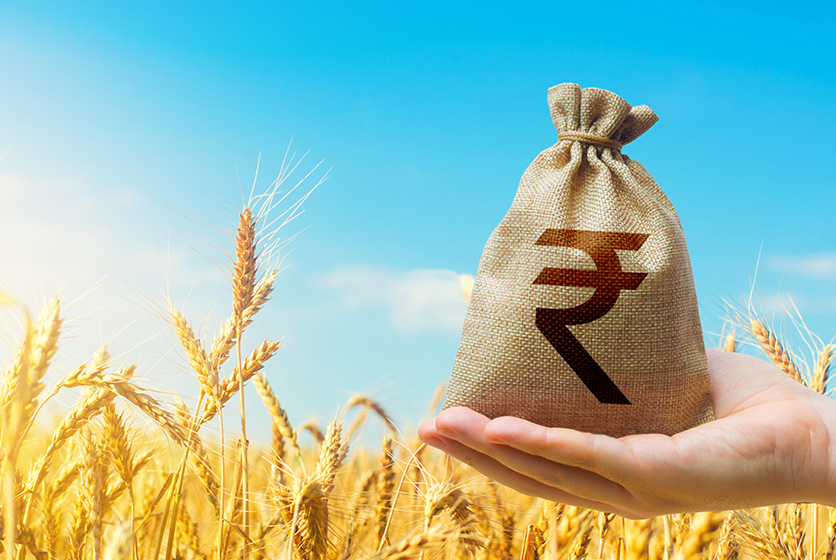Minimum Support Price (MSP)
There are several ways in which the Government of India plays a role in supporting farmers. From insurance schemes to seed distribution networks, there are many sides to agriculture governance. One such support comes from the agricultural pricing policy that encompasses the MSP or Minimum Support Price for agricultural products & services.
What is MSP?
Minimum Support Price, as the term denotes, is the minimum price set by the government for a select list of agricultural products. Macro-economic variables, micro-level data, and other factors go into setting the prices. The MSP is set based on the recommendations of the Commission for Agricultural Costs and Prices (CACP). Some of the factors that influence MSP are:
-
Expenses farmers incur on seeds, irrigation, labour, and chemicals to name a few
-
Costs incurred towards land and other fixed assets
-
National requirements
-
Giving farmers incentives to produce as per national requirements
-
Use of resources
-
Cost of living
MSP also ties in with the National Food Security Act (NFSA) because foodgrains under the NFSA are made available at subsidised prices. The central government buys food grains from the farmers at MSP.
What does the MSP cover?
There are twenty-three crops covered under MSP:
-
Seven Cereals: barley, maize, paddy, pearl millet, ragi, sorghum, and wheat,
-
Seven Oilseeds: niger seed (or ramtil), peanut, rapeseed, safflower, sesame, soyabean, and sunflower
-
Five Pulses: chickpea, dehusked black gram lentil, lentils, split pigeon pea, and yellow lentils
-
Four Commercial crops: cotton, desiccated coconut, raw jute, and sugarcane
The Food Corporation of India obtains these crops from the farmers by paying MSP. These buffer stocks help in times of food shortage too. MSP was first introduced in 1966 during the Green Revolution. Primarily, the MSP helps farmers make a minimal profit on their crops, and it helps the government stock up products for the public distribution system.

What does the MSP do?
There are a few significant benefits to the MSP. One of them is security for farmers. With the assurance of getting a predetermined minimum price, the farmers can have some amount of guarantee that they will get a fixed price for their crops. Think of the MSP as a safety net for farmers who have some protection against the uncertainties of market prices.
MSP also helps in giving the farmers prior information on what they can produce since the list is released before planting seasons. Depending on factors such as land holdings, agro-zones, and even irrigation systems, a farmer can then decide on what they want to plant for the season.
Diverse types of crops can be grown depending on MSP. At one point of time, MSP was applicable only to wheat. But now, twenty-three crops find their name in the MSP list, and this can give farmers a larger range to choose from.
#InterestingInfo
-
Minor Forest Produce such as bamboo shoot, mahul leaves, tree moss, millets, and wild mushroom have been included in the MSP scheme
-
There is a formula for considering MSP: A2+FL and C2 costs. A2 is costs incurred by farmers for producing a particular crop, FL is family labour, and C2 is comprehensive cost related to land.



